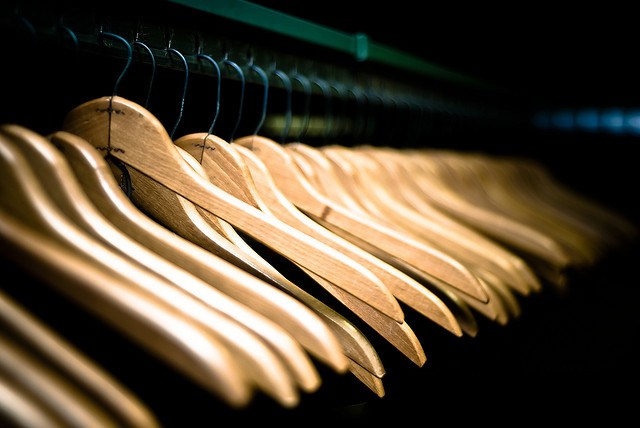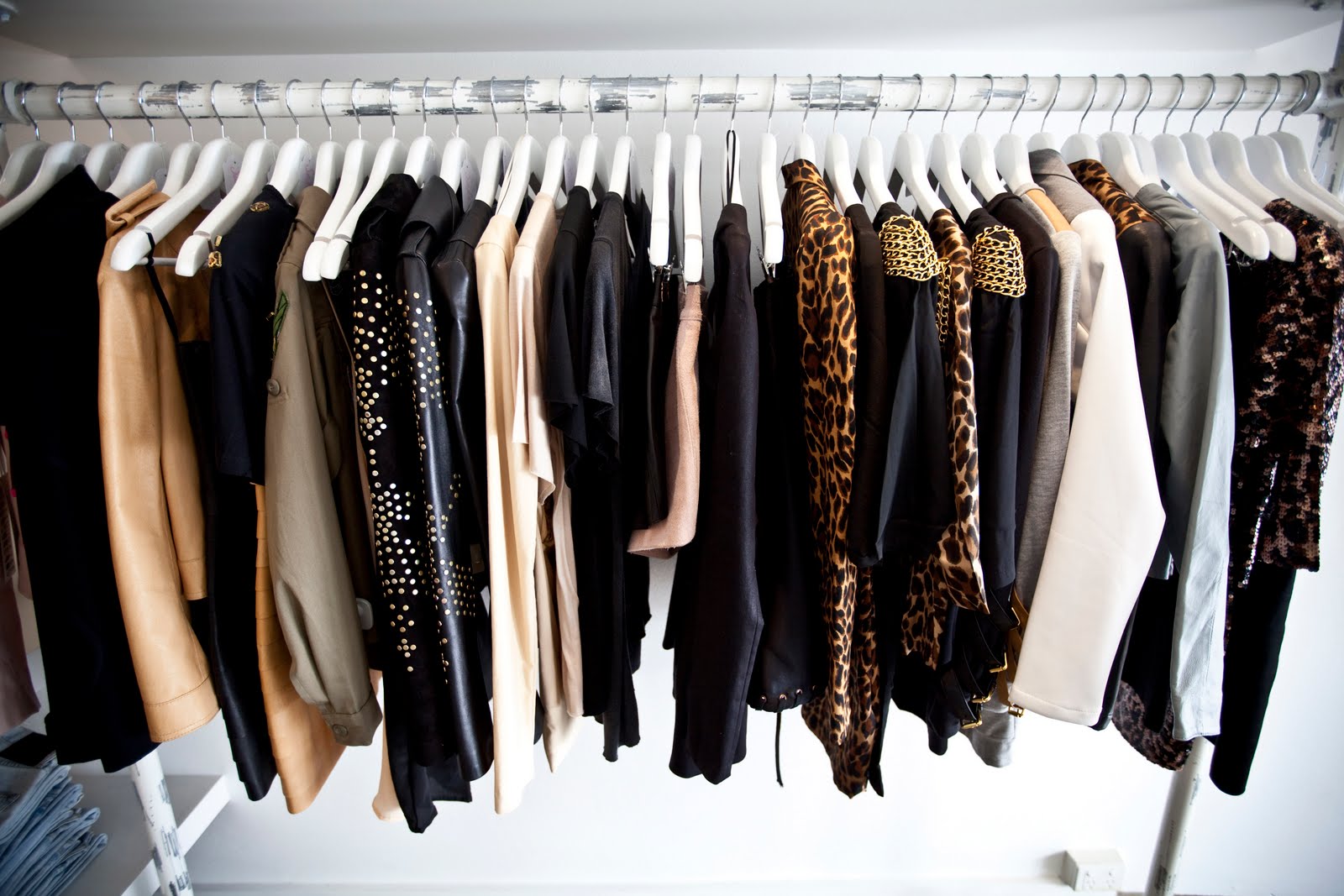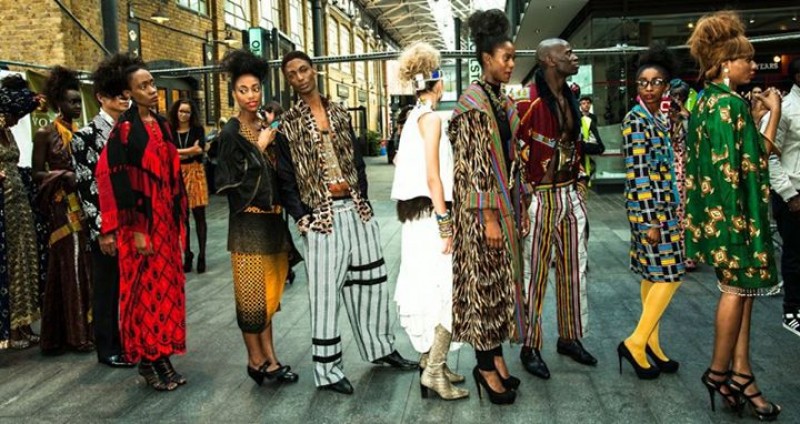Chasing a glitz and glamour experience OR chasing an unattainable lifestyle? I’ll leave it up to you to decide…
Thanks to the arrival of the fashion-sharing economy, women across the globe can have access to all things designer at a fraction of the price. Heck, even less than a fraction of the price! But what’s the cost? Well… experts comment that chasing an unattainable lifestyle is like a drug; it leaves you high and mighty one minute and then deflating and empty the next.
Economists at Pricewaterhouse Coopers state that the notion of fashion sharing is still in its infancy, however with an estimated current worth of $15 billion and future worth set to rise to $335 billion within the next 10 years, I find this hard to believe. It seems that ‘watch this space’ is the most appropriate way to describe this revolutionary concept that is set to alter the very nature of how consumers use and buy things forever.
It is no use denying that in our current market the sharing economy is branching out into almost every avenue possible. What was originally coupled with the concept, like renting a place to stay for a given period of time or getting a loan for a start-up, has really expanded into so much more. “There is almost no limit”, says Michael Munger, professor and director of the philosophy, politics and economics program at Duke University.
“The sharing economy encourages more intensive use of existing resources. Almost anything might be sold, or rented. And that’s what the sharing economy really is. It’s selling reductions in transaction costs, not selling products.”
Dr. Munger claims that three things are dependent on the sharing economy’s success:
“Information, trust and transaction. People have to find each other, be able to trust each other and to make a financial exchange that is cheap and reliable.”
The merging of the sharing economy and the fashion industry was first exploited by former model, Lona Duncan in San Francisco. With the cash stimulation of seed funding company – Y Combinator and some others, Lona Duncan set up Style Lend. And it literally is just that – an application-based business that allows women to lend their wardrobes comprising of middle-to-high-end fashion items at an affordable price. How it works is Style Lend provides women the opportunity to profit off items that would otherwise be sitting unworn in their closets, and in return they receive a 20 percent share of the rental transaction. Win-Win right?
According to Tania Arrayales, Chief Marketing Officer at Style Lend, women love the idea stating,
“it’s democratising the fashion world by opening it up for all women.” She stated that existing clothing sharing businesses are thriving, as “millennials don’t want to own things.”Today, a twenty-something year old can have her hearts desires and not have to take out a loan to get it.
But for every fan, there comes a critic and professor of psychology at Leeds Beckett University, Steven Taylor, happens to be one of them.
“The danger is that due to its short-lived thrill it can be quite addictive, like taking a drug. If you have an expensive designer good, it can only give you a short-term thrill, making you feel like a significant person with a high status. As soon as it’s taken away, you’re back to being just normal and this has an intense deflating effect. The high fades away so quickly you have get it back again.”
It is commonly said that your character is more often than not reflected in what you chose to wear, telling your story so to speak – like who you are and how you fit into this world. Arguably, by renting out designer labels women are almost fabricating their story because they are signifying short-lived perceptions of wealth, power and class when in reality this is just a misrepresentation. I mean if it was reality, women wouldn’t have to rent out the high-end goods, they could just buy it.
Taylor states,
“the fashion industry is based on telling people to buy things that are not really necessary and people are encouraged to believe that they become somebody by buying and owning particular things. A lot of this is capitalising on the instinct of humans to want to feel special, which is a basic need.”
The team at Style Lend declare they are not naive to some of the challenges faced with the fashion-sharing concept. Albeit the above, they also think they are doing more great than good.
I think one of the pivotal reasons behind the concept’s exponential growth is the fact that we live in a world where most people want to have nice things. So when women are faced with the common debacle of wanting things we can’t have, the sharing marketplace tells us that we actually can. The problem here being that once we’ve had a little taste, we hopelessly get addicted to wanting to look our best time and time again. Though, companies like Style Lend wouldn’t find this a problem at all, instead they are enjoying capitalising off a woman’s inherent desire of wanting to look her best and not wanting to wear the same thing twice. If we were only thinking in money terms, then I’d say it really is the perfect business venture. However, in the grand scheme of things, I feel that young women will eventually become emotionally spent as they try and buy their way to happiness and pretend they are someone that they are clearly not. Taylor seems to agree stating,
“they are infecting people with elitism. They are just perpetuating and encouraging what I think is a negative impulse to gain identity through possessions in order to feel special.”
Psychologist Tim Kasser, who has done extensive research into materialism and how people interact with consumer culture states,
“the more people prioritise what others can see above who they truly are, the more these individuals report that they are less satisfied with life. That they’re less happy, that they are more depressed and anxious. They tend to use more substances like cigarettes and alcohol. They tend to compulsively consume at higher rates and tend to be overall less vital.”
It would be naive to hope that women don’t fall into the trap of becoming addicted to the concept and use the fashion sharing concept for special occasions or occasions that truly warrant designer status but that would be foolish, as Arrayales has previously stated,
“once you try on designer, chances are you’re hooked.”












